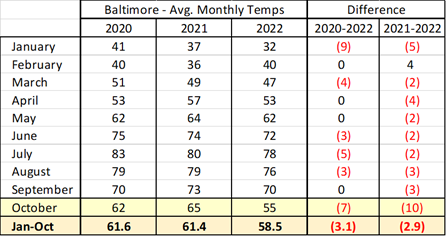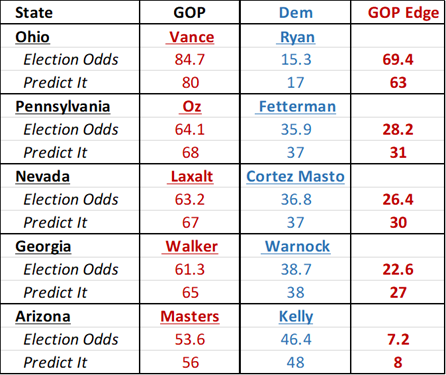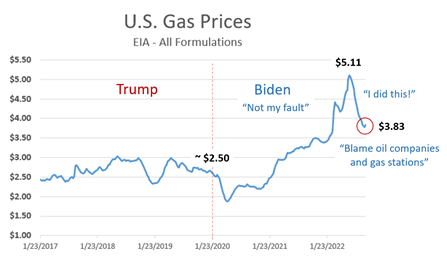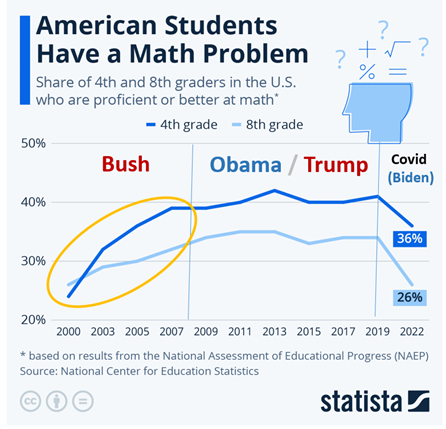Putin is the clear & present danger … so, unleash our oil & gas industry, Joe.
=============
Business leaders are now pushing Biden for an “Energy Marshall Plan” … to mobilize U.S. oil & gas companies for energy independence and export capacity.
Here’s what they’re thinking…
Analytically speaking, risk assessment boils down to a couple of decision criteria:
> How immediate is the threat?
> How severe are the potential consequences?
> How likely are the consequences?
> How might mitigation change the odds?
Applying these risk assessment criteria, the answer to the headlined question is pretty clear (to me).
Putin is demonstrably a clear, present, proven and potentially nuclear danger.
Just turn on your TV to watch the slaughter of innocent people and the destruction of a nation and a culture.
Just listen to Putin threaten to use nuclear weapons.
Putin is maniacal (and probably crazy), determined and has planet-destroying nuclear weapons that he might use if he’s cornered.
And, he’s starting to look cornered.
The climate change threat is murky (sorry, but the science is not close to being settled) and prospective (decades off) … with asserted and uncertain long-term consequences.
Bottom line: If the choice is binary, Putin must be stopped ASAP.
If the Putin and climate threats need to be “balanced”, then the scale should be tilted to stopping Putin.
Putin is clearly the more immediate threat.
Climate control can wait.
Let’s drill down on the decision criteria…
=============
THREAT ASSESSMENT
Immediacy
The Putin threat is happening now. Just turn on your TV right and watch the slaughter of innocent people and the destruction of a nation and a culture.
Even climate control zealots concede that its potential “existential threat” from climate change is decades away.
=============
Severity
Climate control zealots say that, unchecked by draconian mitigation, the planet will be a degree or two warmer in 50 years … and that’s enough to end life as we know it.
Let’s assume that’s true.
Some might argue that the Putin threat is localized and contained.
The Ukraine invasion is tragic and sad, but c’mon man, it’s just Ukraine.
Once Putin gets to the Polish border, the U.N. and NATO will stop him in his tracks.
Might be true.
But, what if Putin is, in fact, crazy and, when cornered, he starts lobbing nukes.
Suddenly, we’re looking at a level of global destruction that gives climate change a run for its money.
==============
Likelihood
So, what is the likelihood that climate change puts planetary existence at risk?
Sure, clean energy beats dirty energy and a green mindset makes sense.
But, the case for climate change ending the planet’s existence is a reach.
It is disputable whether the “data is clear” and that “the science is settled” on the consequences of climate change.
For details, see 16 Reasons why I’m lukewarm on climate change
Personally, I’d score the likelihood of Putin unleashing planet-destroying nukes higher than a climate existential threat.
=============
Mitigation
This is where things get dicey.
I’m confident that the U.S. will become increasingly green.
That’s a good thing.
I believe that American ingenuity and technology will — sometime and somehow over the next 50 years — provide game-changing climate control remedies.
But, as Igor Sechin, CEO of Russia’s state-owned Rosneft, has warned
Some ecologists and politicians urge for a hasty energy transition, yet it requires an unrealistically fast launch of renewable energy sources and faces issues with storage, ensuring reliability and stability of power generation. WSJ
And, to this point, climate control initiatives in the U.S. and Europe have largely been virtue signaling … outsourcing fossil fuel production to other countries (most notably Russia!) … putting the U.S. and Europe in a vulnerable security position.
Question: Is Russian oil cleaner than U.S. or Canadian oil?
Answer: Nope!
So, the pivotal question is how to “mitigate” the Putin threat.
Well, maybe Putin can be jawboned and shunned … and will come to his senses and rein in his destructive tendencies.
My opinion: Odds of that are essentially zero.
Maybe the rational Russian people will rise up and take him out.
I’m betting the under on that one, too
Let’s try diplomacy.
How’s then been working out?
Not to worry, NATO will ultimately use military force to contain the Putin risk at the Polish border.
English translation: NATO nations will encourage the U.S. to kick Putin’s ass when the time comes
Military containment might be doable … but, at a high cost with the incumbent risk that a crazy Putin starts a nuclear war.
=============
So what to do?
Oh yeah, there are other Putin-mitigating options.
How about draining his war-mongering financial resources with sanctions?
In logic-speak: necessary but not sufficient … especially since the current sanctions explicitly rule out any transactions related to the flow of Russian oil.
According to Biden’s Deputy National Security Advisor Daleep Singh:
“To be clear, our sanctions are not designed to cause any disruption to the current flow of energy from Russia to the world” Source
Say, what?
Bottom line: The only non-military way to cripple Putin’s war mongering is to use U.S. oil & gas production as a geo-political strategic tool … the geo-political strategic tool!
As one right-leaning pundit puts it:
Putin’s power comes from money, most of Putin’s money comes from oil and gas.
It stands to reason that if you’re trying to punish him, hitting him in the wallet is the most effective way to do it.
So why would our President specifically exempt what is the best, most effective, and really only significant way to hurt Putin in way that might impact his behavior?
Of course, there’s an explanation…
Biden is boxed by his party’s far left climate control zealots.
Nonetheless, as we’ve said before:
It’s time to reprioritize energy security and independence by unleashing U.S. oil & gas production!
He has to do an objective risk assessment (see above), stiff-arm his parity’s uber-left loons, restore U.S. energy superiority by unleashing our oil & gas industry.
It’s as simple as that!
SHARE THIS POST WITH FRIENDS & FAMILY


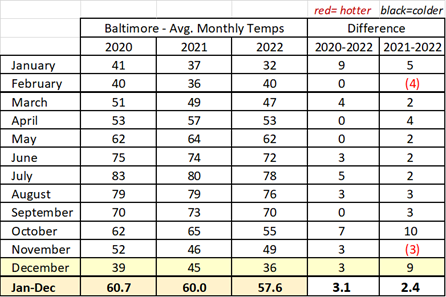



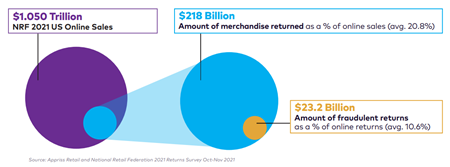

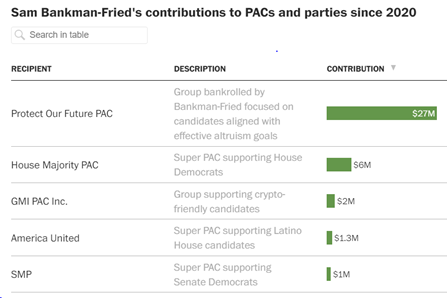

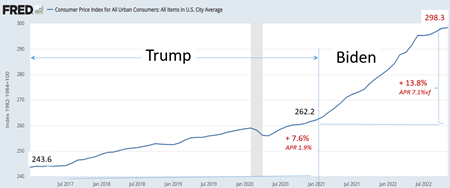





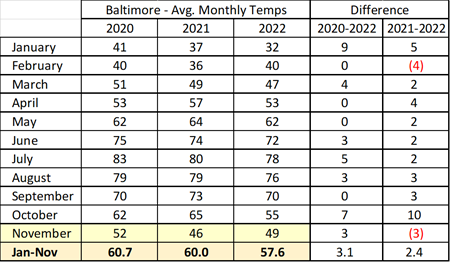
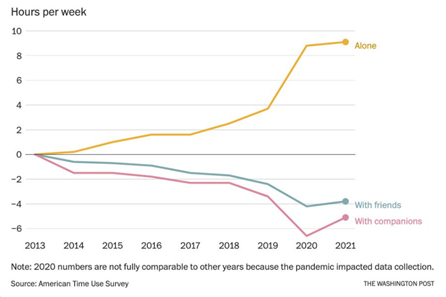

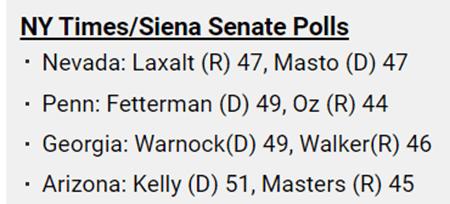
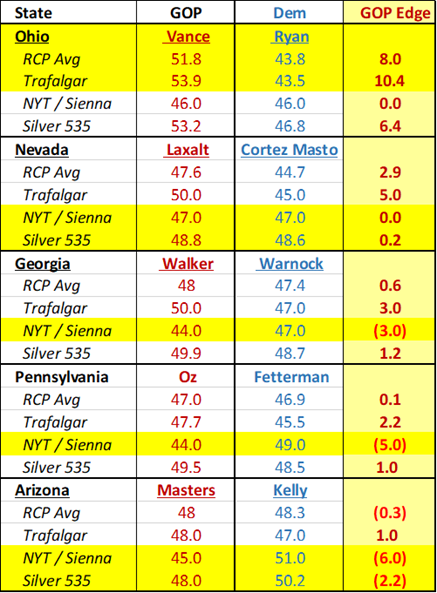

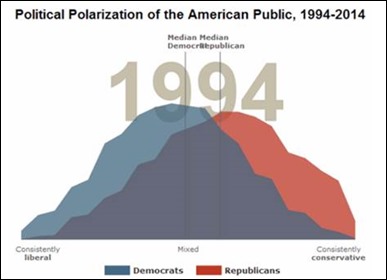
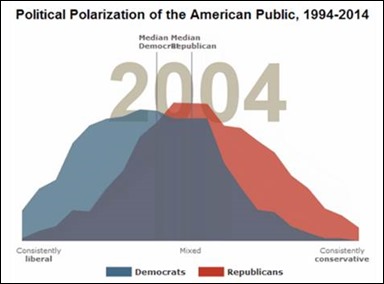
![clip_image002[1] clip_image002[1]](https://homafiles.info/wp-content/uploads/2017/03/clip_image0021_thumb.jpg?w=449&h=332)
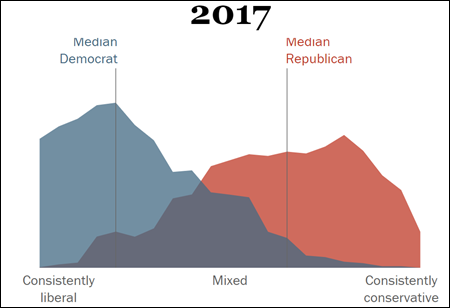
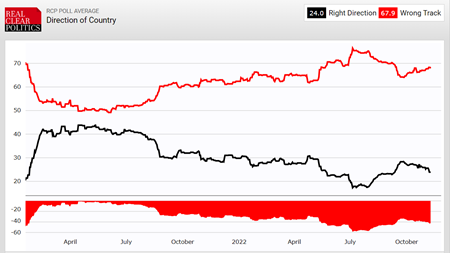

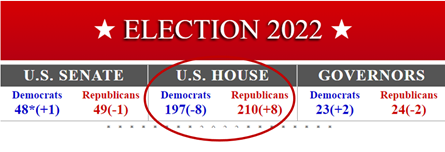
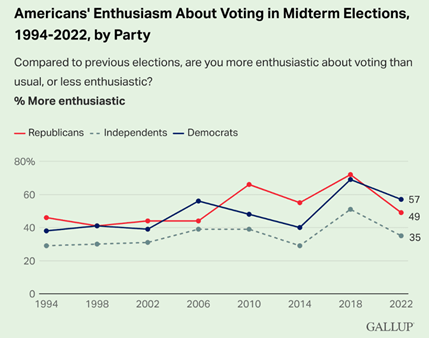
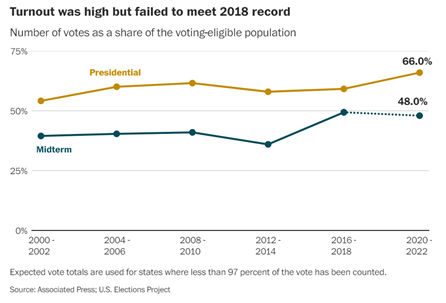


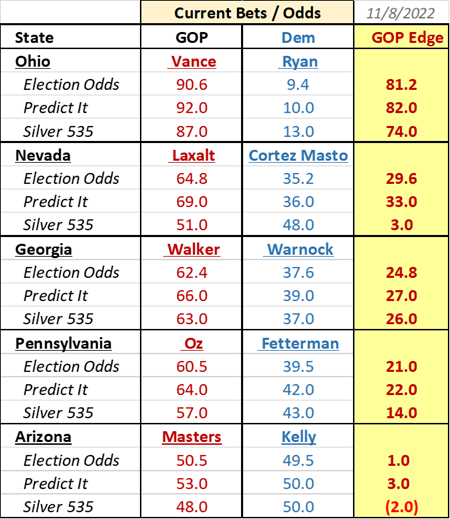

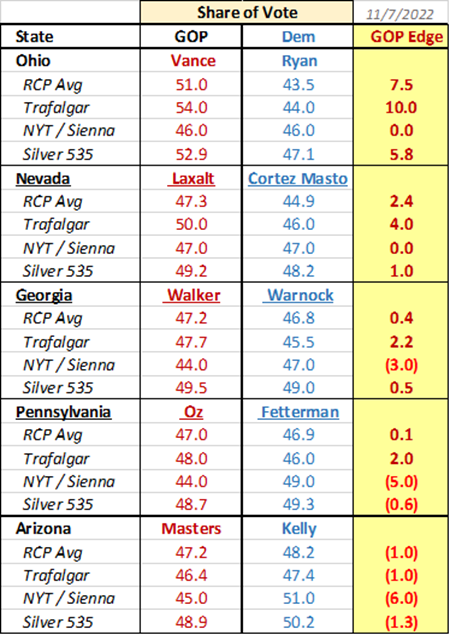
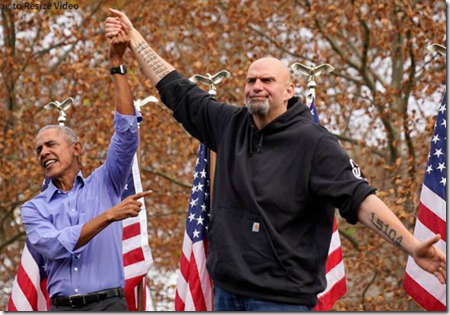
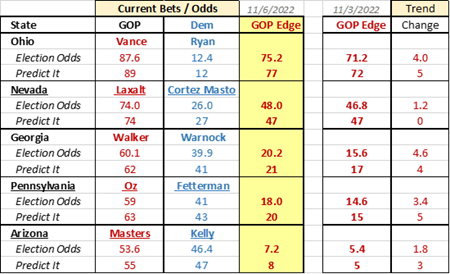



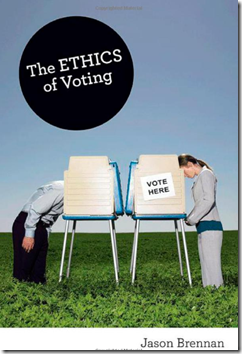
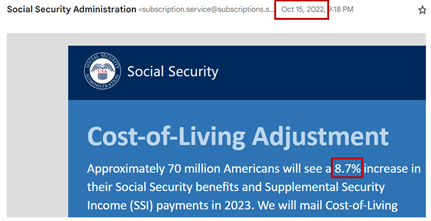

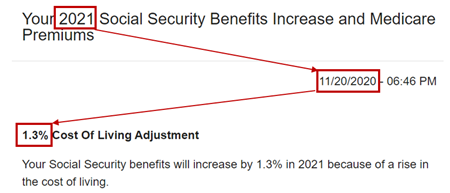
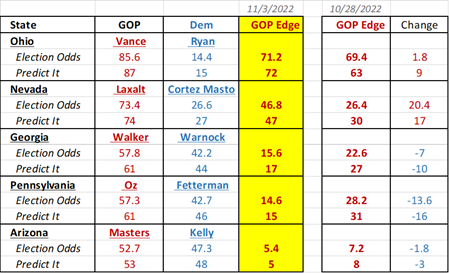
![image_thumb2[1] image_thumb2[1]](https://homafiles.info/wp-content/uploads/2022/11/image_thumb21_thumb.png?w=450&h=204)


